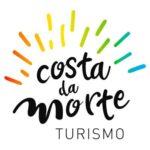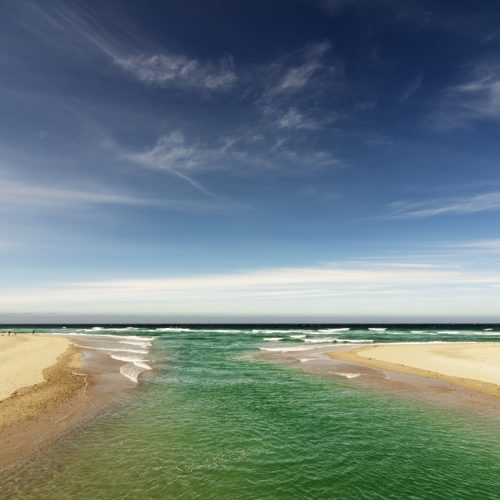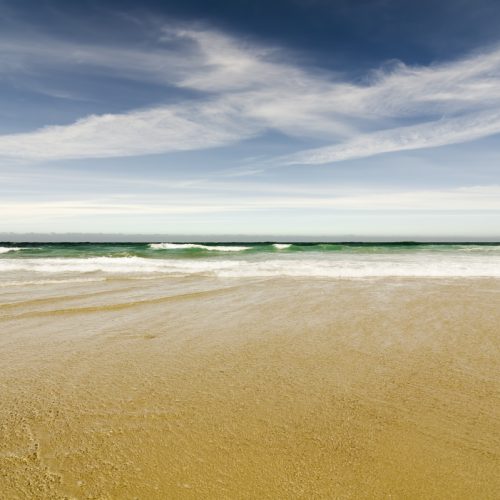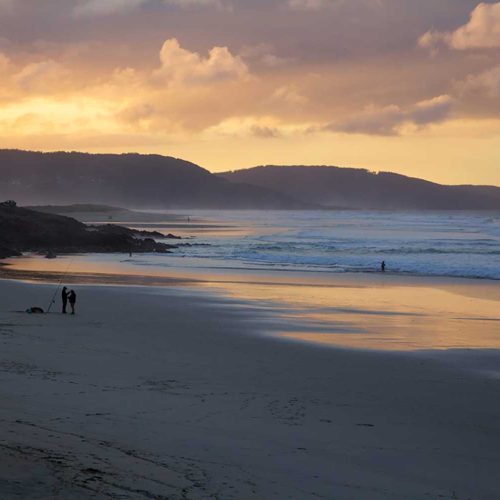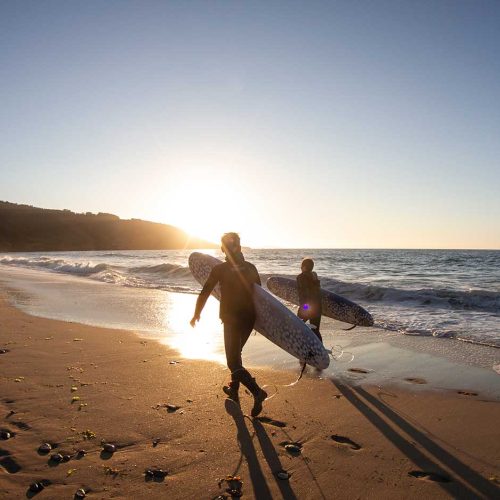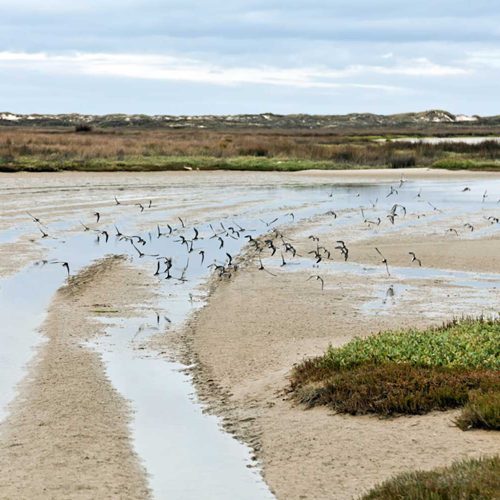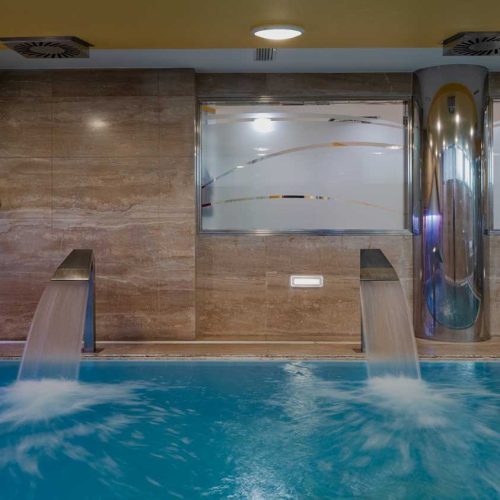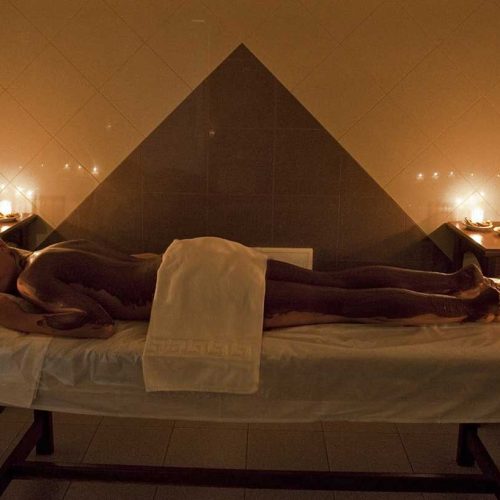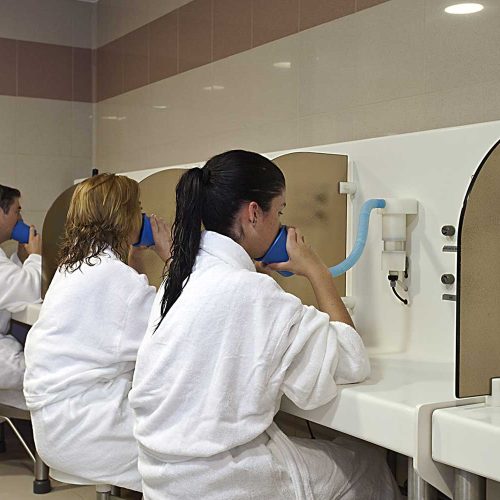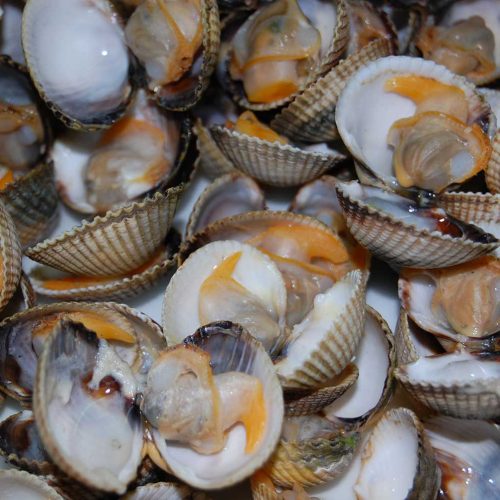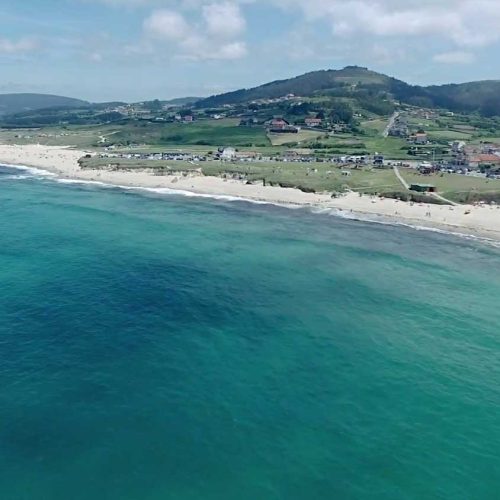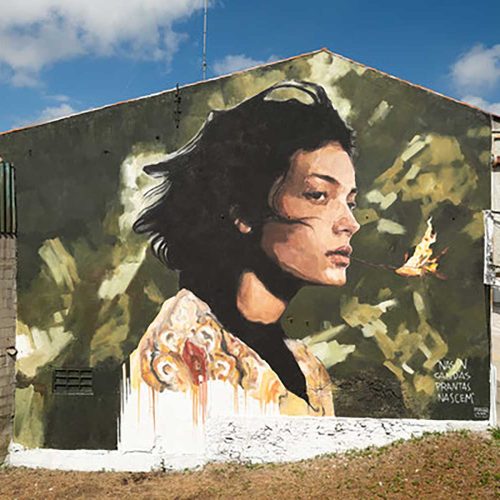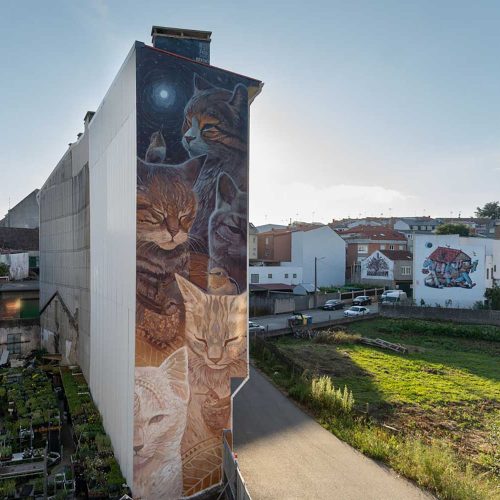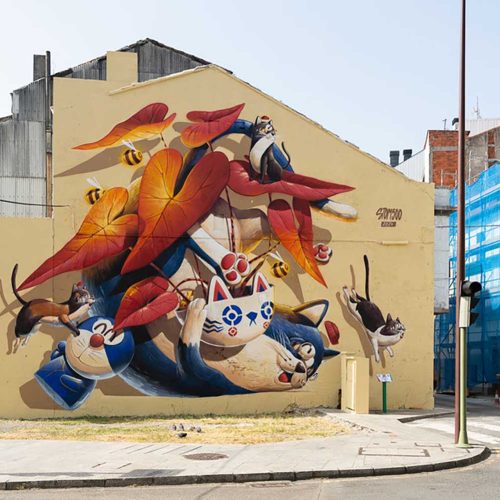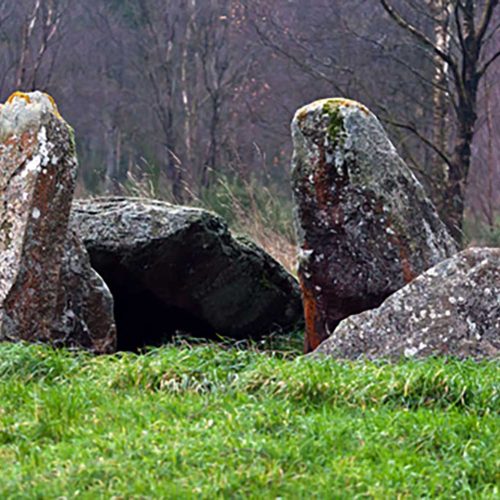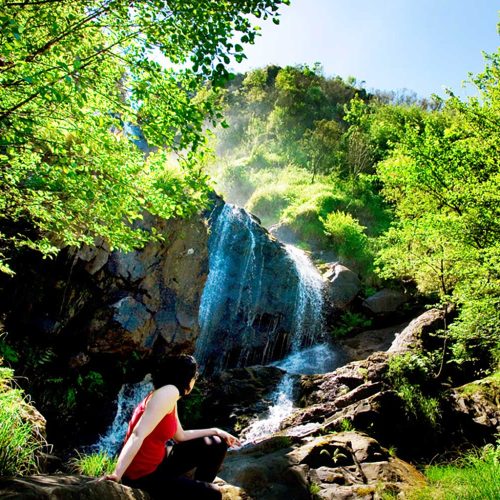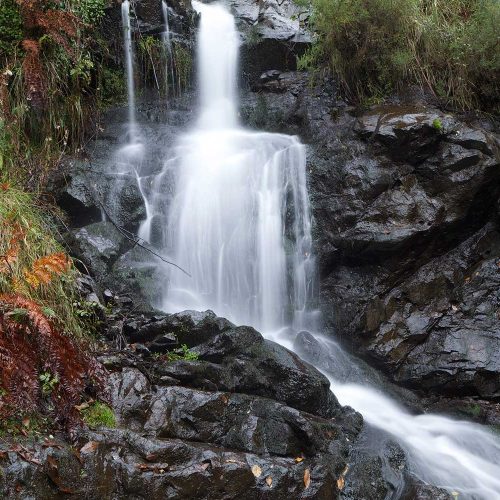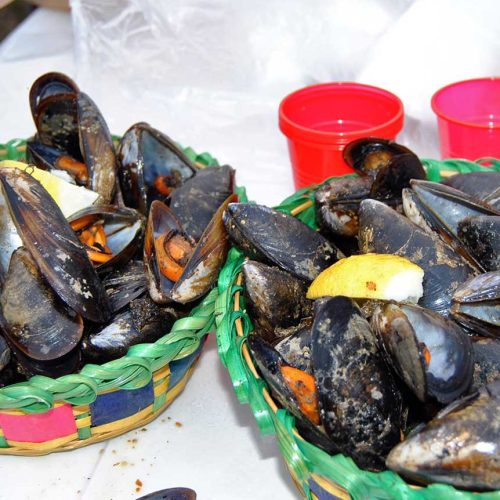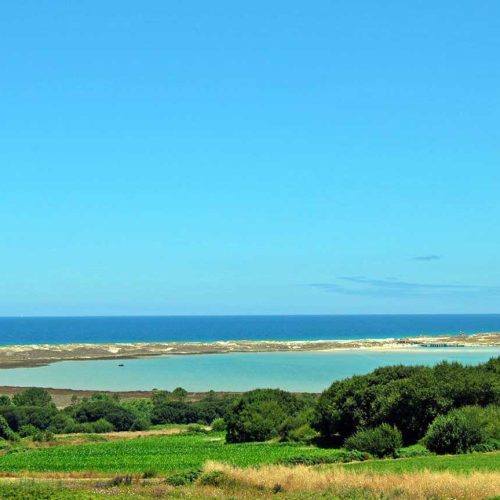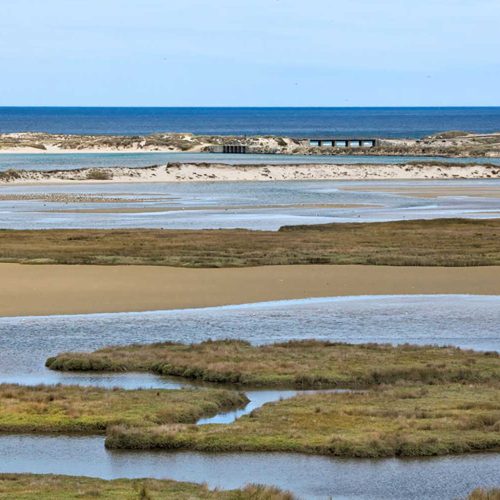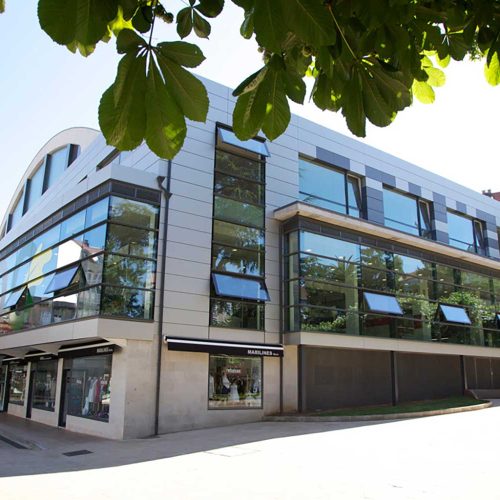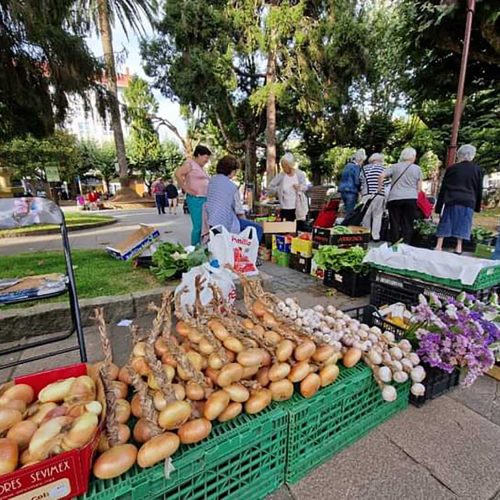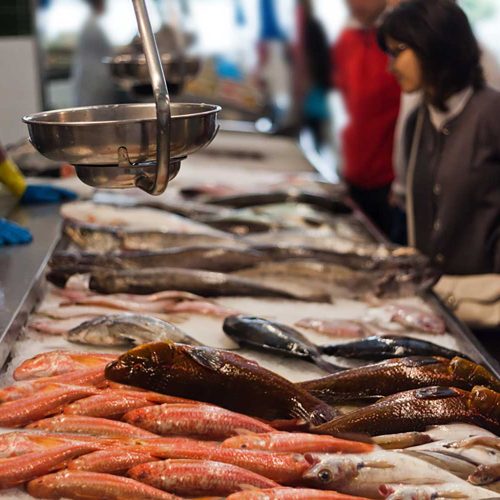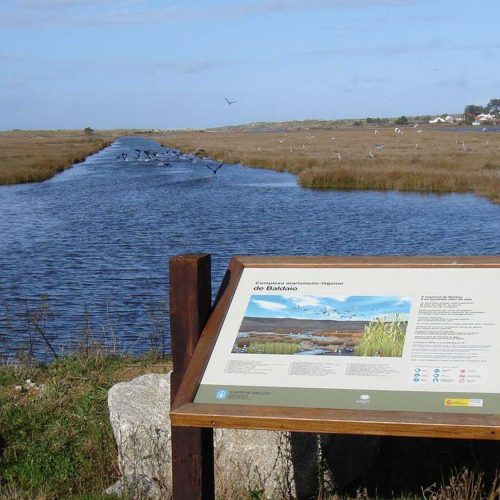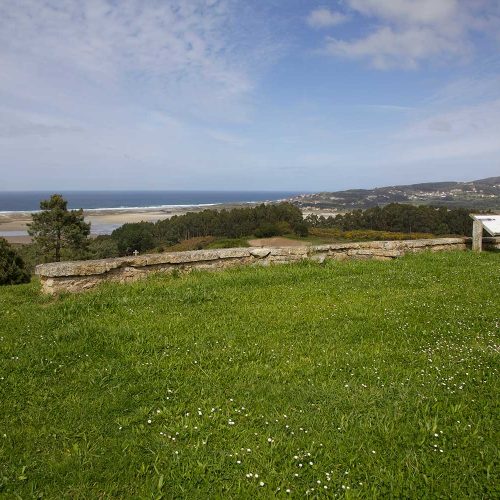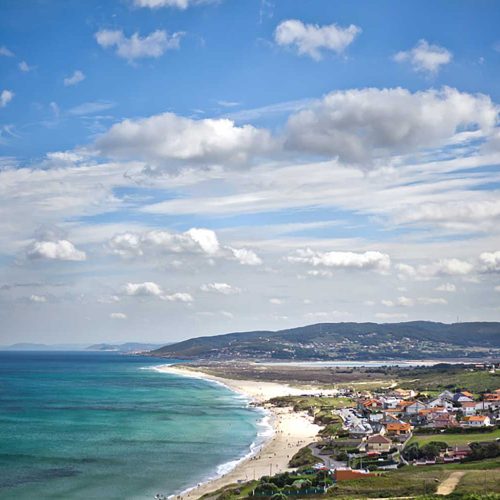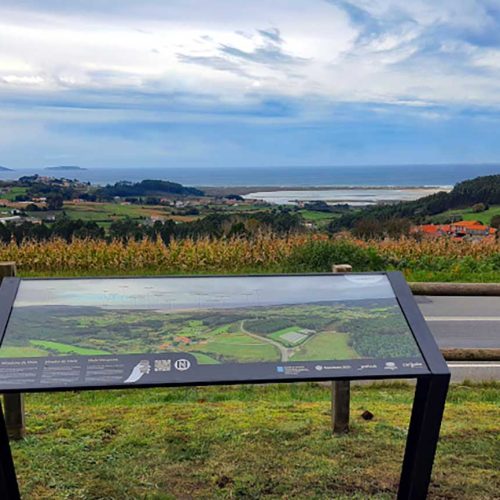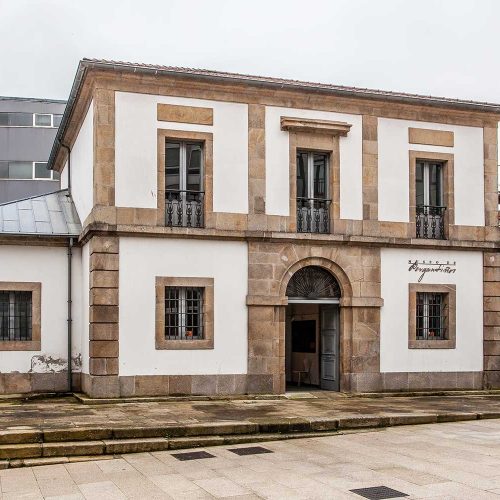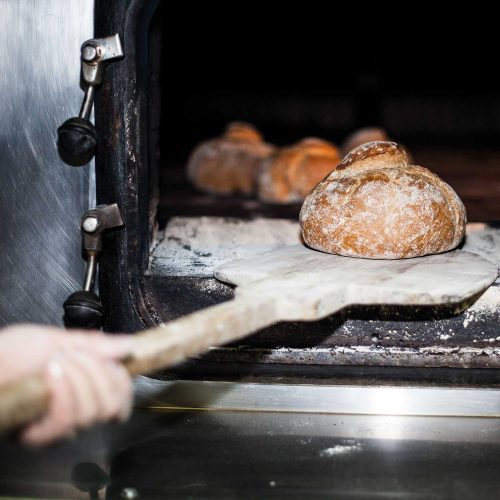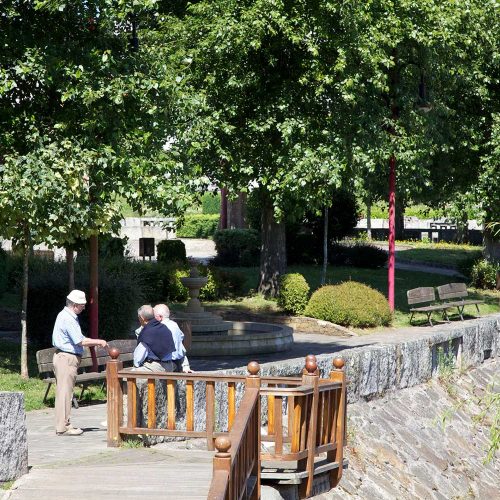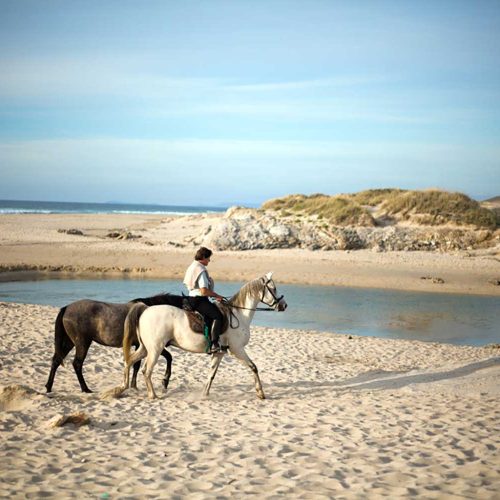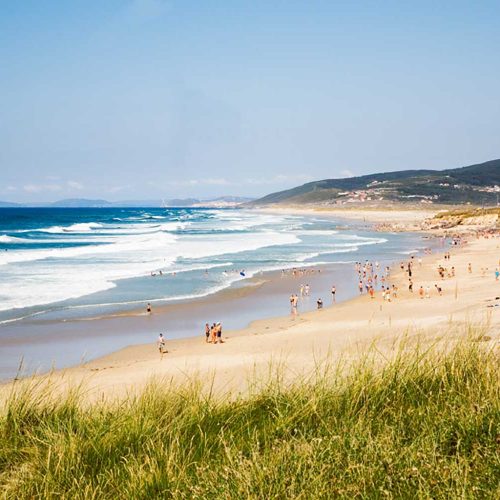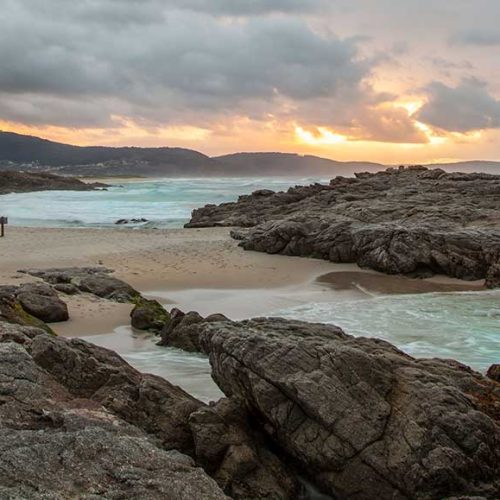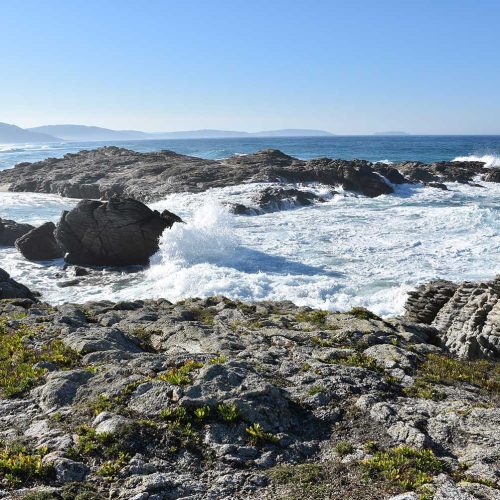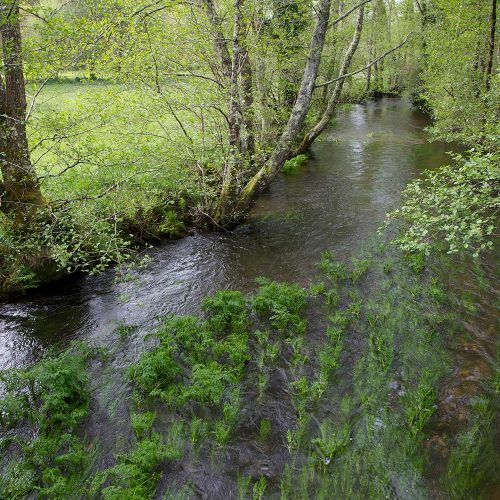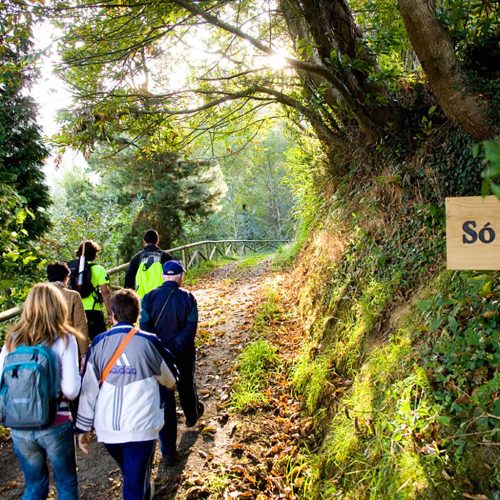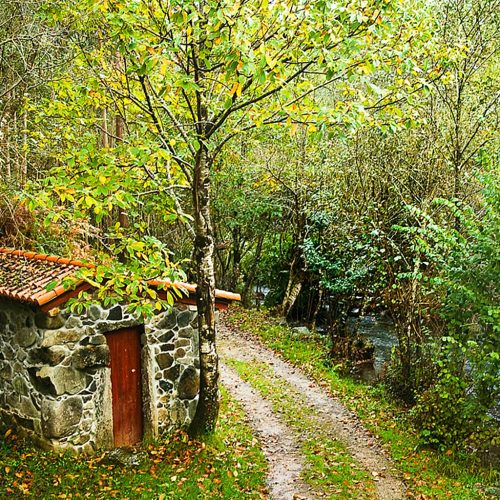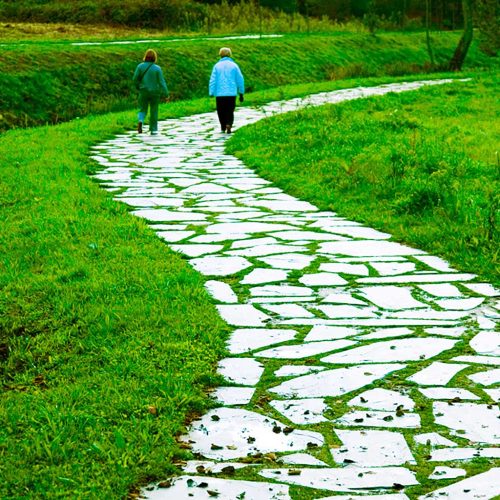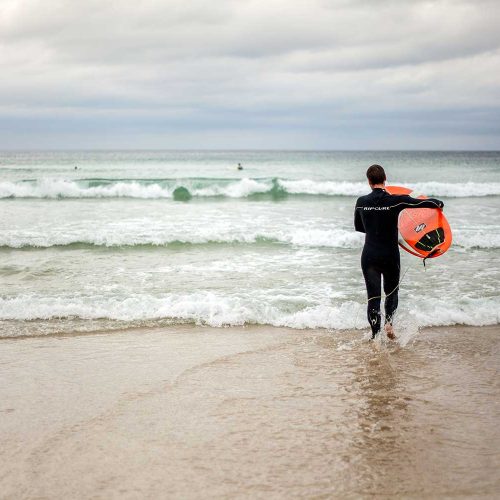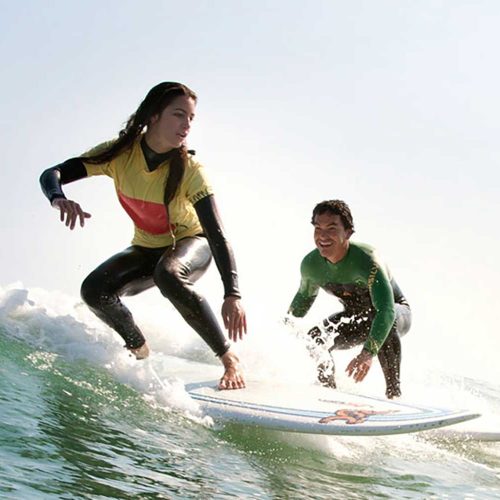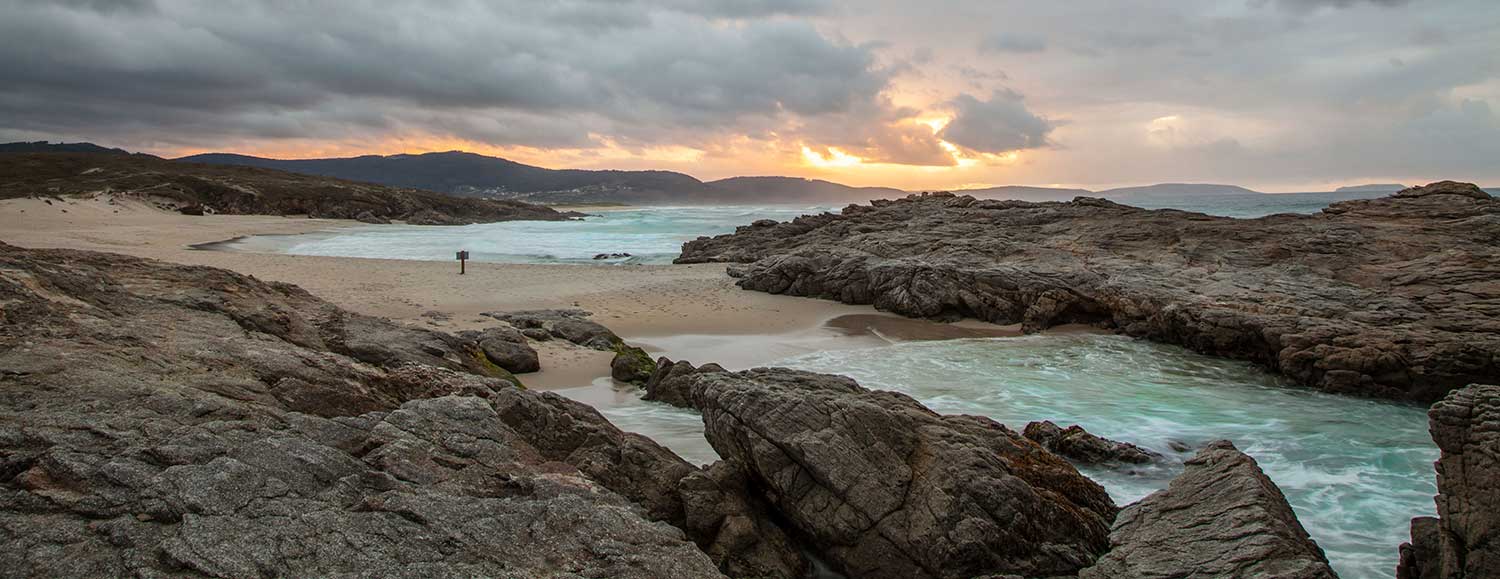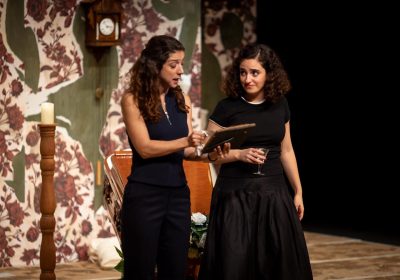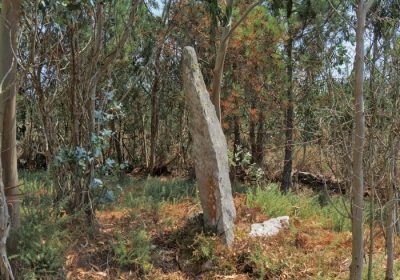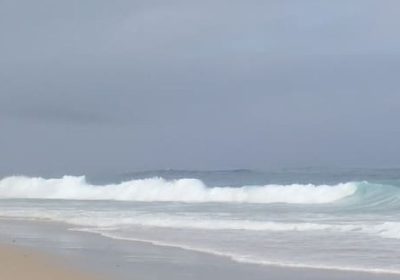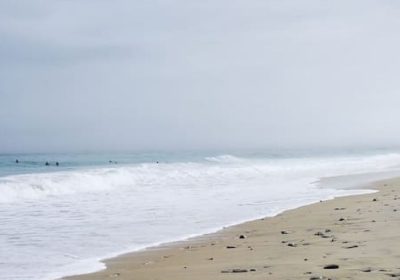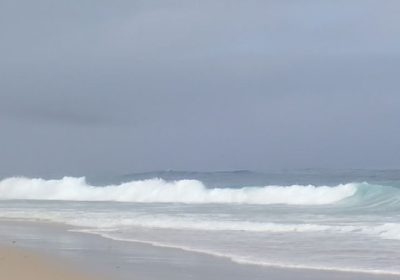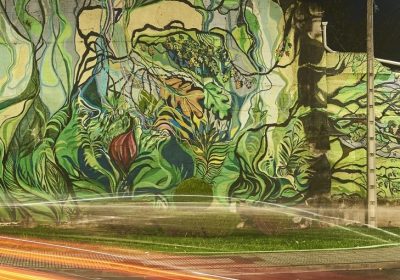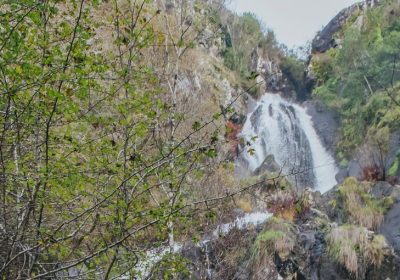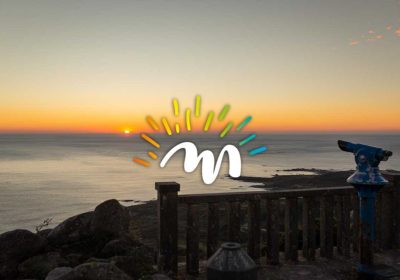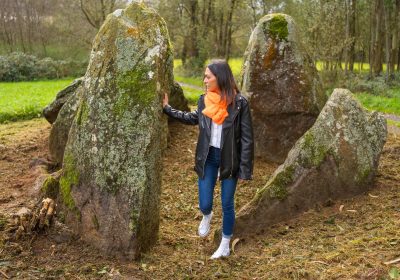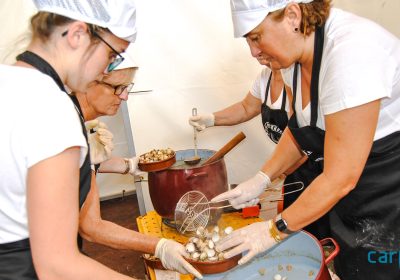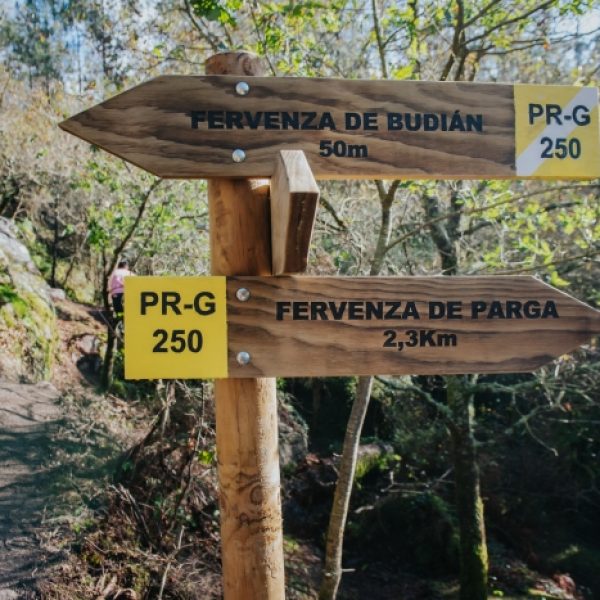Carballo, capital of the region of Bergantiños and crossroads between Santiago, A Coruña and Fisterra, sits on the northern shore of the Costa da Morte.
Its dynamic urban centre, full of life, shops and services, and its tranquil rural setting, cultivated with tasty products from its land, offer its inhabitants a good place to live and its visitors a multitude of exciting and unforgettable experiences. This bustle in the streets is especially reflected on the days of the fair and market, true gastronomic events where high-quality local products are exhibited, extracted from the fields and the coast of the region.
Carballo is a town born and crossed by water. Its origin in the eighteenth century is linked to its spring of sulphurous hot springs, with extensive healing properties, which today can be enjoyed in its medicinal mining spa, unique in the entire Costa da Morte. The Anllóns river crosses the town like a liquid backbone, whose waters were formerly used to knead the famous Carballo bread. One of its tributaries, the Outon River, rushes into the beautiful Entrecruces waterfall, as does the Rus waterfall in a somewhat less daring way. Both are spaces to discover and enjoy on an approved route (PR-G 142).
Beaten by the ferocious waves of the Atlantic, the sandy area between Razo and Baldaio is, with its five kilometres in length, one of the longest in Galicia. A protected natural area that stands out for the exceptional beauty and ecological richness of its beaches of fine white sand, its dunes, lagoon and marshes. These whitewater waters are highly appreciated by surf lovers.
Carballo has become a cultural and avant-garde benchmark with large-scale projects such as the public art festival Derrubando Muros con Pintura, the Outono International Theatre Festival (FIOT) and the Carballo Interplay (CIP), a digital content festival that was born as a pioneering event, being the first web series festival in Spain.
